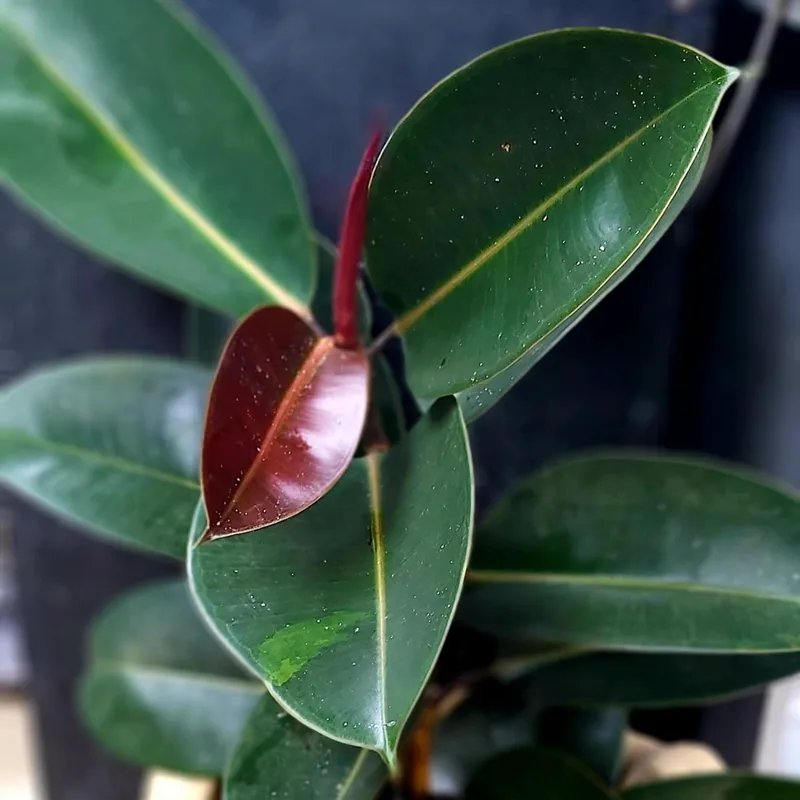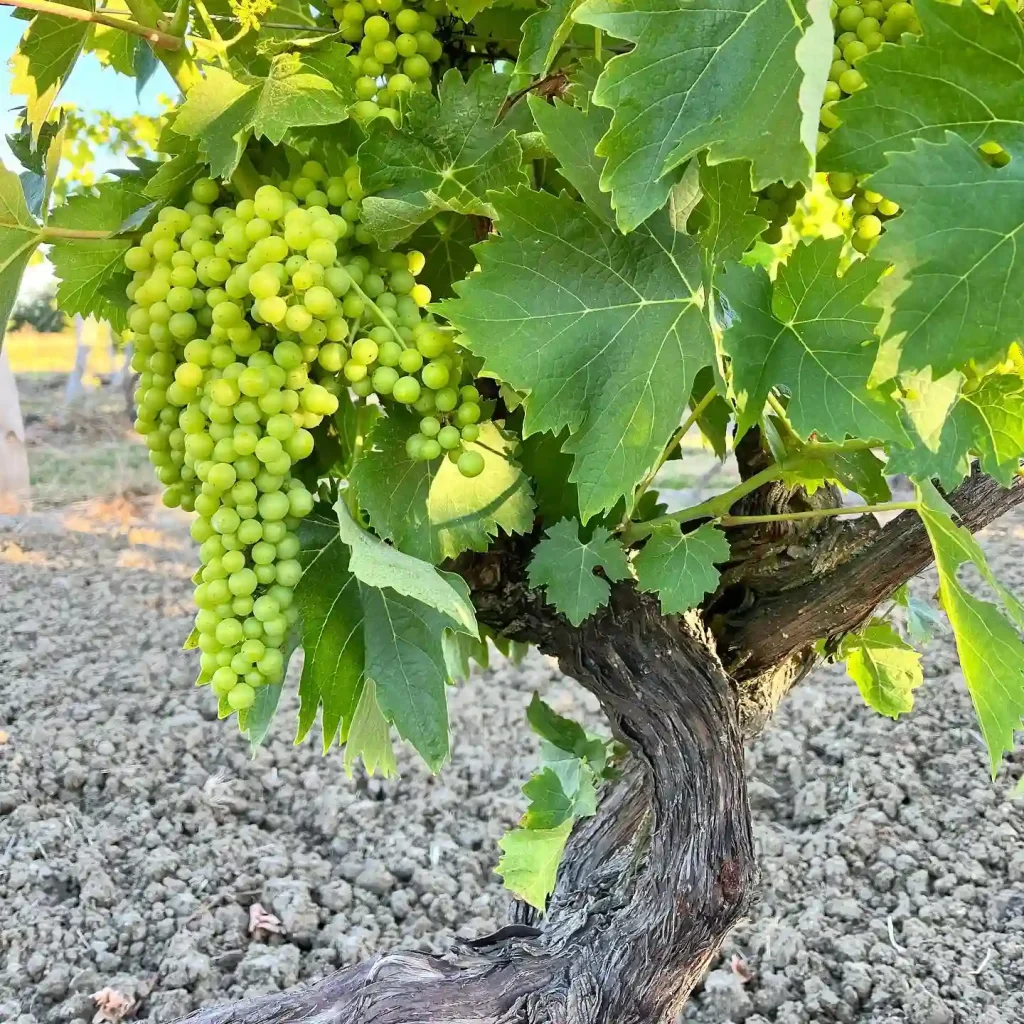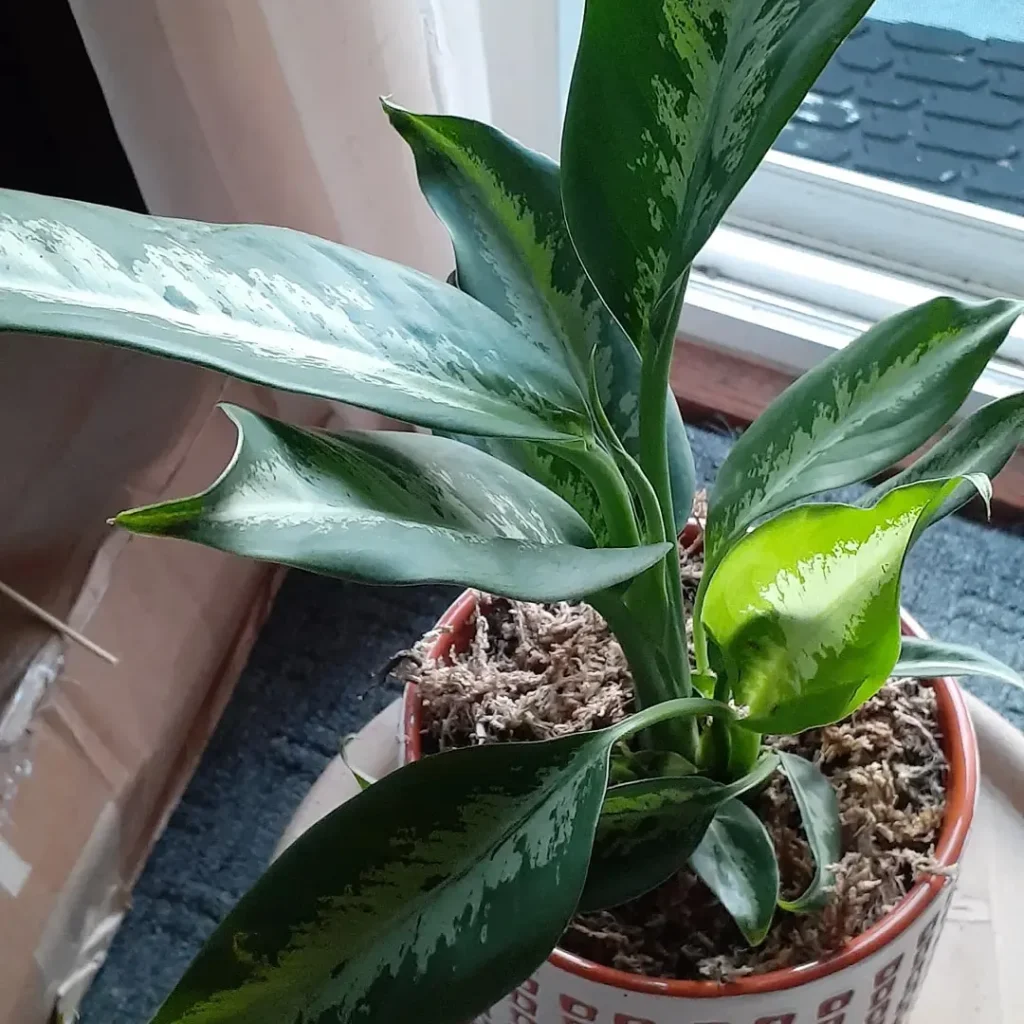Exploring the Anisophylleaceae Family: A Personal Journey
When I first encountered the Anisophylleaceae family, I was intrigued by its diversity and the unique characteristics of its genera. This family is home to several fascinating plants, including Anisophyllea, Combretocarpus, Poga, and Polygonanthus. Each genus offers a glimpse into the complex world of botany, making my exploration of them an enriching experience.
Understanding the Anisophylleaceae Family
The Anisophylleaceae family is primarily found in tropical regions. The plants in this family are known for their distinctive leaf structures. They often feature anisophyllous leaves, meaning they have unequal leaf sizes on the same stem. This characteristic is not just a visual curiosity; it also plays a significant role in how these plants adapt to their environments.
In my research, I discovered that the family includes both trees and shrubs, showcasing a variety of growth habits. The members thrive in diverse ecosystems, from rainforests to drier areas, indicating their resilience and adaptability.
Delving into the Genera
Anisophyllea
Anisophyllea is the most prominent genus in the Anisophylleaceae family. I found it fascinating that this genus includes several species native to Africa and parts of Asia. The trees are often large and can reach impressive heights, making them stand out in their habitats.
One feature that struck me was the texture of Anisophyllea leaves. They are often thick and leathery, providing durability against the elements. This adaptation is crucial in their native habitats, where conditions can be harsh. Furthermore, the flowers of Anisophyllea are generally small and appear in clusters, often attracting various pollinators. Observing these trees in their natural environments was an enlightening experience, as I witnessed the intricate relationships between the flora and fauna.
Combretocarpus
Combretocarpus is another intriguing genus within the Anisophylleaceae family. I was captivated by the unique fruits produced by these plants. Unlike many other genera, Combretocarpus produces woody fruits that resemble capsules. These capsules are often filled with seeds that are dispersed by the wind, showcasing an efficient method of reproduction.
During my studies, I noted that the plants in this genus can often be found in riparian zones, thriving in moist conditions. The way these plants contribute to their ecosystems, providing shade and habitat for various organisms, is something I deeply admire. Additionally, the presence of Combretocarpus in local flora highlights the importance of preserving these environments.
Poga
Poga may not be as well-known as Anisophyllea or Combretocarpus, but its unique traits make it worth exploring. This genus comprises several species that are predominantly found in tropical regions. I was particularly interested in the growth forms of Poga, which can range from shrubs to small trees.
The leaves of Poga are another aspect that intrigued me. They often have a glossy appearance, which can make them stand out against the backdrop of their habitats. My observations revealed that these plants often thrive in undergrowth, utilizing the shade provided by taller trees. This adaptability to varying light conditions is an essential survival trait in their competitive environments.
Polygonanthus
Lastly, Polygonanthus rounds out the Anisophylleaceae family with its unique characteristics. This genus includes species that are typically small to medium-sized trees or shrubs. The leaves are often larger compared to those of Anisophyllea, providing a contrasting visual aspect.
One remarkable trait of Polygonanthus is its flowering habits. The flowers are generally larger and more showy than those of other genera within the family. During my explorations, I noted how the vibrant flowers attract a wide range of pollinators, from bees to butterflies. This interaction between plants and pollinators emphasizes the crucial role that Polygonanthus plays in its ecosystem.
Conclusion: The Beauty of Anisophylleaceae
My journey through the Anisophylleaceae family has been both enlightening and enjoyable. Each genus offers a unique perspective on plant diversity and adaptation. From the towering Anisophyllea to the lesser-known Poga and Polygonanthus, the family exemplifies the beauty and complexity of the natural world.
As I reflect on my experiences, I am reminded of the importance of biodiversity. Each plant, no matter how small or obscure, contributes to the intricate tapestry of life. By understanding and appreciating the Anisophylleaceae family, I feel more connected to nature and motivated to advocate for the preservation of these remarkable plants.
In my quest to learn more about the Anisophylleaceae family, I’ve discovered a passion for botany that I never knew existed. This exploration has inspired me to continue delving into the wonders of the plant kingdom and to share my findings with others, fostering a deeper appreciation for the natural world we inhabit.
If i die, water my plants!



